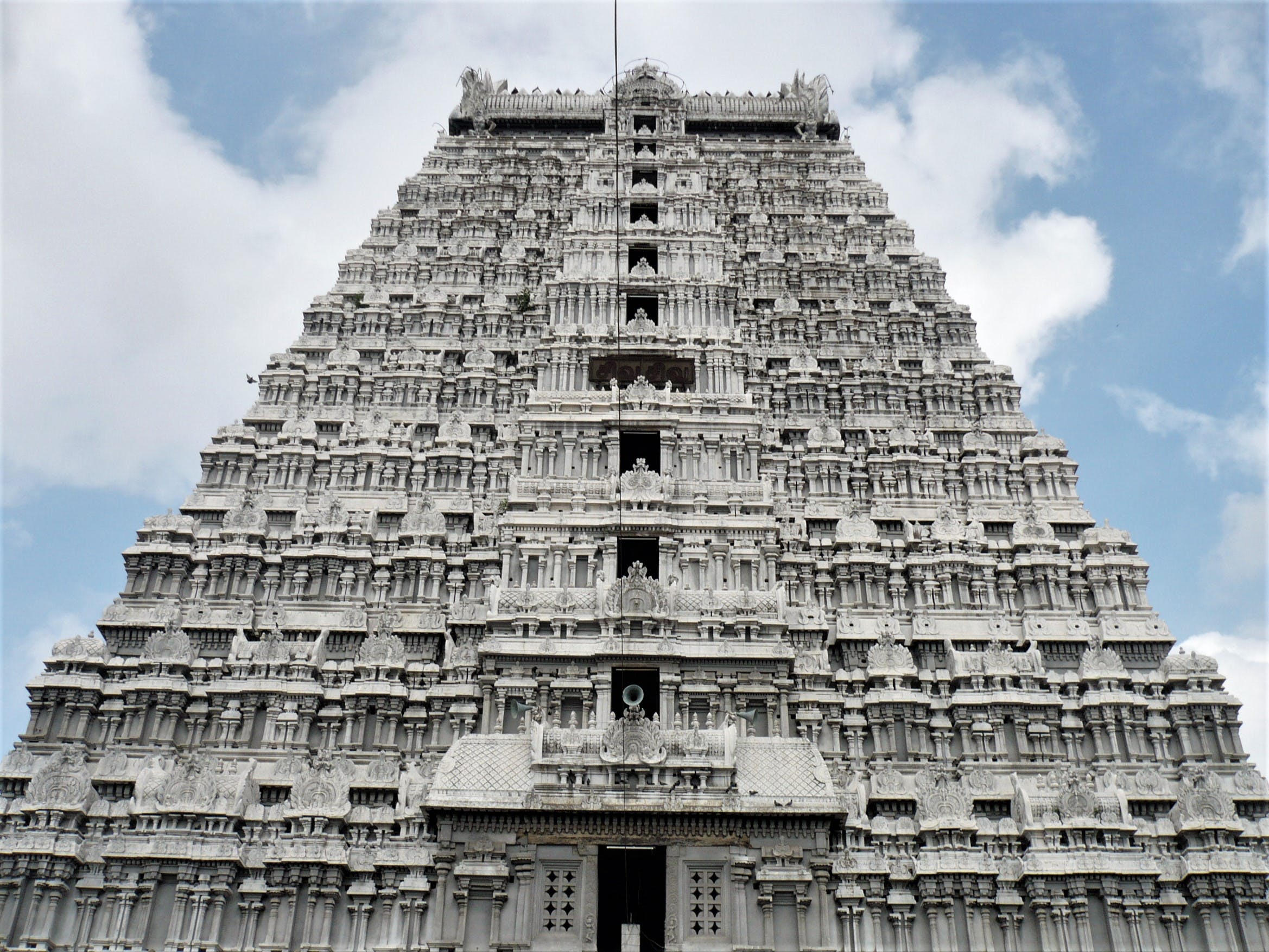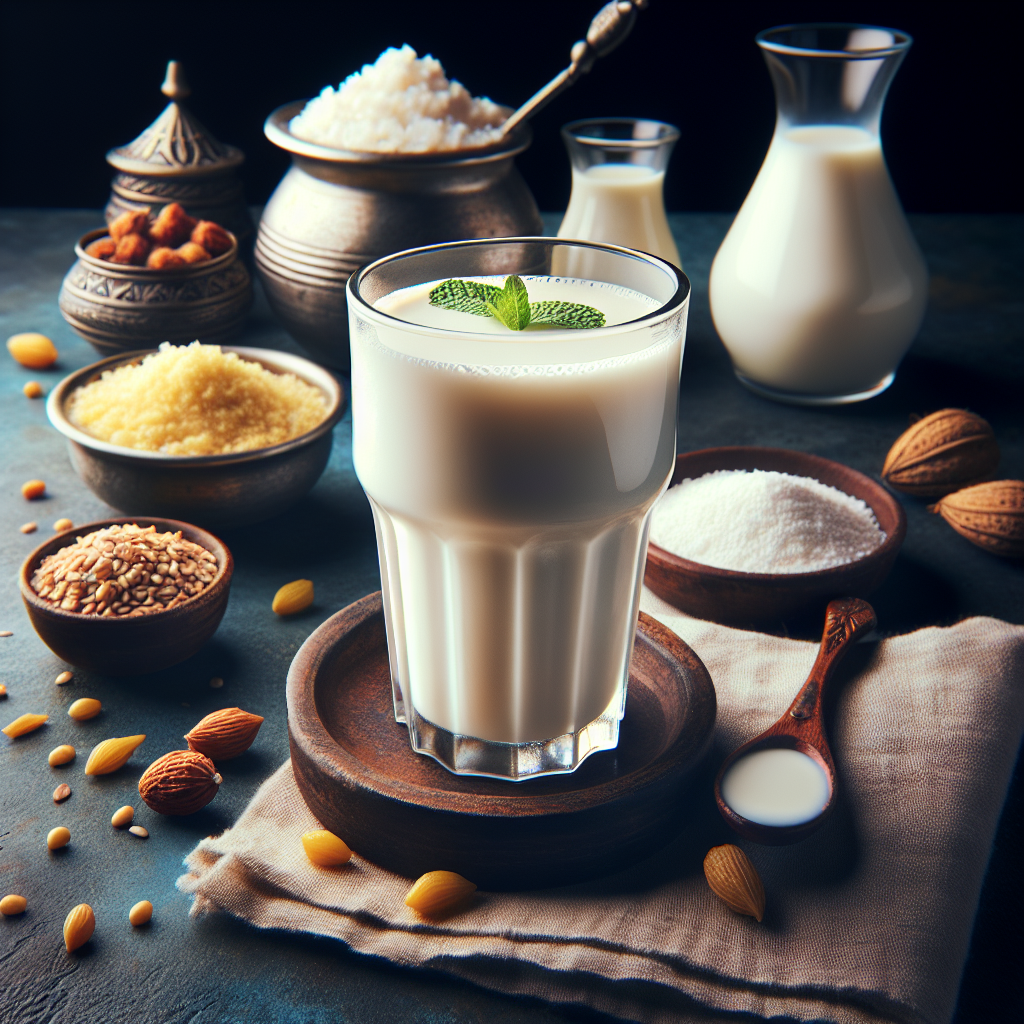Immerse yourself in the captivating world of Indian fermented beverages on IndianCulture.com. Discover the rich and diverse flavors that define India’s culinary heritage, from aromatic spices to regional specialties. Whether you’re a seasoned enthusiast or simply curious about this ancient art, this article will be your guide to understanding and savoring the unique taste of Indian fermented beverages. Get ready to embark on a flavorful journey like no other!

The Basics of Indian Fermentation
What is fermentation?
Fermentation is a process that involves the conversion of sugars into acids, gases, or alcohol by microorganisms such as bacteria or yeast. In the context of Indian cuisine, fermentation is a traditional technique used to transform various ingredients into flavorful and probiotic-rich beverages. This natural process helps to enhance the taste, shelf life, and nutritional value of the beverages.
Historical significance in Indian culture
Fermentation has a rich historical significance in Indian culture, dating back thousands of years. It played a crucial role in preserving food and making it more digestible, especially in a tropical climate like India. Fermented beverages were not only consumed for their health benefits but also held cultural and religious significance. The process of fermentation was passed down through generations, leading to the development of unique and diverse Indian fermented beverages.
Commonly used ingredients and techniques
Indian fermentation is characterized by a wide range of ingredients and techniques. Some of the commonly used ingredients include coconut, milk, fruits, rice, spices, and herbs. The fermentation process is often initiated by adding a starter culture, such as yogurt or buttermilk, to the base ingredients. The mixture is then left to ferment for a specific period of time, allowing the beneficial bacteria to multiply and transform the sugars into various compounds that enhance the taste and texture of the beverages.
Traditional Indian Fermented Beverages
Lassi
Lassi is a popular Indian fermented beverage, particularly in North India. It is made by blending yogurt, water, and sometimes sugar or spices to create a refreshing and creamy drink. Lassi is known for its cooling properties and is often enjoyed during hot summer months. It can be flavored with fruits like mango or strawberry or spiced with cardamom or saffron. Lassi is not only delicious but also provides the body with essential probiotics and nutrients.
Kombucha
Kombucha is a fermented tea that has gained popularity not only in India but across the globe. It is made by fermenting sweetened black or green tea using a symbiotic culture of bacteria and yeast (SCOBY). The fermentation process produces a tangy, effervescent drink with a distinctive flavor profile. Kombucha is known for its detoxifying properties and is believed to boost the immune system and improve gut health. It comes in a variety of flavors, such as ginger, lemon, or mixed berry, making it a versatile and healthy beverage option.
Chaas
Chaas, also known as buttermilk, is a traditional Indian fermented beverage commonly consumed in households throughout the country. It is made by diluting yogurt with water and adding spices like roasted cumin, black salt, and mint. Chaas is a refreshing and cooling drink that is often consumed alongside spicy meals to aid digestion and provide relief from the heat. It is known for its probiotic content and high nutritional value, making it a popular choice for those seeking a healthy and flavorful drink.

Health Benefits of Indian Fermented Beverages
Probiotics and gut health
Indian fermented beverages are rich in probiotics, which are beneficial bacteria that promote a healthy gut. These probiotics help to balance the gut microbiota, improve digestion, and boost the body’s immune system. Regular consumption of fermented beverages can help maintain gut health, reduce digestive issues, and enhance nutrient absorption.
Improved digestion
Fermented beverages aid in digestion due to their natural enzymes and probiotic content. The fermentation process breaks down complex carbohydrates and proteins, making them easier to digest. This can alleviate common digestive ailments such as bloating, gas, and indigestion. Incorporating Indian fermented beverages into your diet can help improve overall digestive health and promote smoother digestion.
Boosted immune system
The probiotics present in Indian fermented beverages play a vital role in supporting the immune system. They help strengthen the body’s natural defense mechanisms and enhance immune response. Regular consumption of these beverages can help reduce the risk of infections, improve the body’s ability to fight off viruses and bacteria, and promote overall immune health.
Regional Variations of Indian Fermented Beverages
North India
In North India, fermented beverages like lassi and chaas are widely consumed. These beverages are often enjoyed with traditional North Indian meals, such as biryani or kebabs. Lassi is commonly flavored with ingredients like saffron, rosewater, or cardamom, while chaas is spiced with roasted cumin, black salt, and mint. These beverages provide a refreshing and cooling contrast to the region’s flavorful and spicy cuisine.
South India
Fermented beverages are an integral part of South Indian cuisine. A popular beverage in this region is the fermented rice drink known as “kanji”. It is made by fermenting rice with water and yogurt, resulting in a tangy and mildly sour taste. Another well-known drink is “moru” or “buttermilk”, which is similar to chaas. The regional variations of these beverages often include ingredients like curry leaves, ginger, and green chilies, adding a unique flavor to the traditional South Indian palate.
East India
In the eastern part of India, a fermented beverage called “panta bhat” is a staple. It is made by soaking leftover cooked rice in water overnight, allowing it to ferment. Panta bhat is consumed in the morning and is often served with crispy fried fish or vegetables. The fermentation process imparts a slightly tangy flavor to the rice, making it a beloved breakfast option in the region.
West India
West India is known for its diverse fermented beverages, with each state having its own unique specialties. In Gujarat, “chhaaj” or “buttermilk” is a popular choice, often flavored with spices like ginger, cumin, and asafoetida. In Maharashtra, “taak” is a popular fermented beverage made from yogurt and water, often seasoned with salt and cumin. These beverages are enjoyed alongside traditional regional dishes and are an essential part of the local culinary culture.

Cultural Significance and Rituals
Fermented beverages in festivals and celebrations
Indian fermented beverages hold significant cultural importance during festivals and celebrations. For example, during the festival of Holi, a sweet lassi called “thandai” is prepared and shared among friends and family. This beverage is made with a blend of nuts, spices, and milk, and is often spiked with bhang (cannabis). It is believed to have a cooling effect and is enjoyed as a festive treat.
Religious and spiritual importance
Fermented beverages also hold religious and spiritual importance in Indian culture. During religious ceremonies and rituals, offerings of lassi or chaas are made to deities as a gesture of devotion. These beverages are considered pure and are believed to purify the mind and body. The act of consuming fermented beverages during religious occasions is seen as a way to connect with the divine and seek blessings.
Home Brewing Indian Fermented Beverages
Equipment and ingredients needed
To brew Indian fermented beverages at home, you will need some basic equipment and ingredients. The equipment typically includes a large glass jar, a muslin cloth or cheesecloth, and a rubber band to secure the cloth. The main ingredients are usually yogurt or buttermilk, water, and any additional flavorings or spices you desire, such as fruits, herbs, or spices.
Step-by-step brewing process
- Sterilize all the equipment by washing them thoroughly with hot water.
- In a large glass jar, combine the yogurt or buttermilk with water in a ratio of 1:2 (1 part yogurt to 2 parts water). Stir well to ensure the mixture is smooth.
- Add any additional flavorings or spices you desire, such as fruits, herbs, or spices. Mix them in gently with a spoon.
- Cover the jar with a muslin cloth or cheesecloth, securing it tightly with a rubber band.
- Place the jar in a warm and dark area, away from direct sunlight. The temperature should ideally be around 70-80°F (21-27°C) for optimal fermentation.
- Allow the mixture to ferment for 6-12 hours, or until it reaches the desired taste and texture. The fermentation time may vary depending on the ambient temperature and the desired level of tanginess.
- Once fermentation is complete, refrigerate the beverage to halt the fermentation process and improve its shelf life.
- Serve the fermented beverage chilled and enjoy the delicious flavors and health benefits.
Tips and tricks for successful fermentation
- Use fresh and good-quality ingredients to ensure a successful fermentation process.
- Maintain a clean and sanitized environment to prevent the growth of unwanted bacteria or molds.
- If the ambient temperature is too low, consider using a fermentation heater or placing the jar near a heater to maintain the required temperature.
- Taste the beverage regularly during the fermentation process to determine the level of tanginess you prefer.
- Experiment with different flavor combinations and ingredients to create your own unique fermented beverages.
The Role of Fermented Beverages in Indian Cuisine
Accompaniments to main dishes
Indian fermented beverages are often served as accompaniments to main dishes. They provide a refreshing and cooling contrast to the spicy and rich flavors of Indian cuisine. Lassi, chaas, or buttermilk are commonly enjoyed alongside meals to cleanse the palate and aid digestion. The probiotics present in these beverages also help to neutralize the spiciness and soothe the digestive system.
Usage in traditional recipes
Indian fermented beverages are not only enjoyed on their own but also play a role in various traditional recipes. For example, lassi is used as a base for making desserts like “lassi popsicles” or “lassi ice cream”. Kombucha can be incorporated into marinades or used as a natural salad dressing. Fermented rice drinks like kanji are often consumed alongside traditional rice-based dishes, enhancing the overall dining experience.
Pairing with spicy and rich flavors
One of the unique aspects of Indian cuisine is the bold and intense flavors. Fermented beverages perfectly complement these flavors, providing a balance between heat, richness, and tanginess. The cooling effect of lassi or chaas can help offset the spiciness of dishes like biryanis, curries, or kebabs. The probiotics present in these beverages also aid digestion and contribute to a holistic culinary experience.
Exploring the Market for Indian Fermented Beverages
Commercially available options
The popularity of Indian fermented beverages has led to an increase in commercially available options. Many brands offer packaged lassi, kombucha, and chaas in different flavors and variants. These beverages are convenient and can be easily found in supermarkets, grocery stores, or specialty food shops. They provide a quick and readily accessible option for those who may not have the time or resources to make their own fermented beverages at home.
Online platforms and specialty stores
For those seeking a wider range of options or specific regional variations of Indian fermented beverages, online platforms and specialty stores are a great resource. These platforms often offer a curated selection of artisanal and traditional fermented beverages from different regions of India. This allows individuals to explore and experience the diverse flavors and cultural significance of Indian fermented beverages, even if they are not readily available in their local area.
Future Trends in Indian Fermented Beverages
Innovative flavors and combinations
As the popularity of Indian fermented beverages continues to grow, there is an increasing demand for innovative flavors and combinations. Beverage makers are experimenting with unique ingredients, such as herbs, flowers, or exotic fruits, to create new and exciting flavors. This trend not only adds a modern twist to traditional beverages but also appeals to a wider audience looking for novel taste experiences.
Integration of traditional and modern techniques
Another emerging trend is the integration of traditional and modern techniques in the production of Indian fermented beverages. Manufacturers are combining age-old recipes and ingredients with modern fermentation methods and technologies to enhance consistency, quality, and shelf life. This approach ensures that traditional flavors are preserved while meeting the demands of a modern consumer market.
Conclusion
Indian fermented beverages are not only delicious and refreshing but also offer a plethora of health benefits. These probiotic-rich beverages have deep cultural and historical roots, and their consumption is deeply ingrained in Indian cuisine and traditions. From lassi and kombucha to chaas and kanji, there is a wide variety of flavors and regional variations to explore. Whether you choose to make your own at home or opt for commercially available options, incorporating Indian fermented beverages into your diet can contribute to improved digestion, enhanced immune function, and a flavorful journey through the diverse culinary traditions of India.
